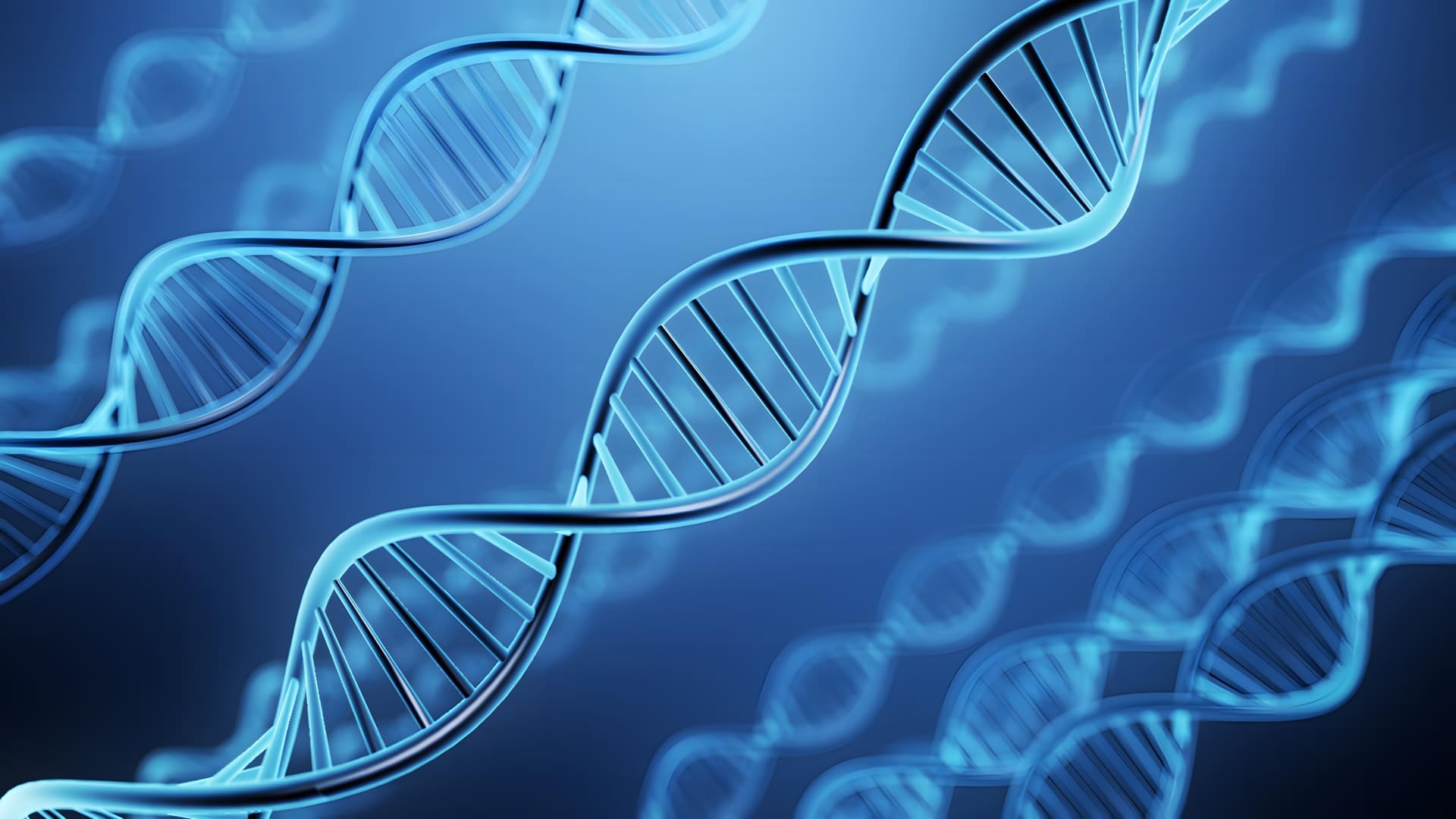
Spinal cord injury (SCI) is a devastating condition characterized by the sudden loss of sensory, motor, and autonomic function below the level of trauma. Despite significant advances in medical and surgical care, there is currently no effective treatment for the neurological deficits associated with major spinal cord injury. Current treatments primarily focus on surgical decompression and stabilization, preventing secondary complications, managing any that occur, and rehabilitation. Unfortunately, neurological recovery is often limited, leaving many SCI patients with substantial dysfunction and lifelong disability.
Worldwide, the annual incidence of spinal cord injury ranges from 15 to 40 cases per million people. The primary causes of traumatic SCI include motor vehicle crashes, sports and recreation injuries, falls, and workplace accidents. Young adult males are four times more likely than females to sustain an SCI, with incidence peaking in adolescents and young adults aged 16-30 years. A second peak occurs in older adults, primarily due to falls, and the aging population has increased the average age of injury, according to WHO.

Figure 1: Mechanisms of action of MSCs in ameliorate SCI. MSC transplantation promotes the spinal cord regeneration by differentiating into neural and glial cells, secrete paracrine factors and microvesicles, reduce inflammation and oxidative stress, promote survival of remaining neurons and angiogenesis as well as inhibit gliosis
(Source: Cell & Bioscience Journal)
Mesenchymal stem cells (MSCs), derived from bone marrow (BMSCs) and adipose tissue (ADSCs), have been trialed for the treatment of spinal cord injury. MSCs can bring about a lot of positive effect in SCI treatment, such as:
Stem cells can differentiate into various cell types, potentially replacing those lost due to injury.
https://link.springer.com/article/10.1186/s13578-020-00475-3
Enhancing the functionality of surviving neurons by restoring the protective myelin sheath.
Promoting the reconnection of disrupted neural networks.
Filling in gaps left by the injury to support regrowth.
Creating a supportive environment for tissue sparing, neovascularization, and plasticity.
Encouraging the regrowth of nerve fibers.
While the journey towards effective SCI treatment is ongoing, the regenerative medicine department at Korokai Medical Corporation represents a beacon of hope. By leveraging the regenerative capabilities of mesenchymal stem cells (MSCs) and other novel biological therapies, we are at the forefront of restoring function and improving the quality of life for SCI patients. Our cutting-edge research and clinical trials are crucial to unlocking the full potential of stem cell therapy in spinal cord injury recovery, making Korokai Medical Corporation a leader in innovative SCI treatments.